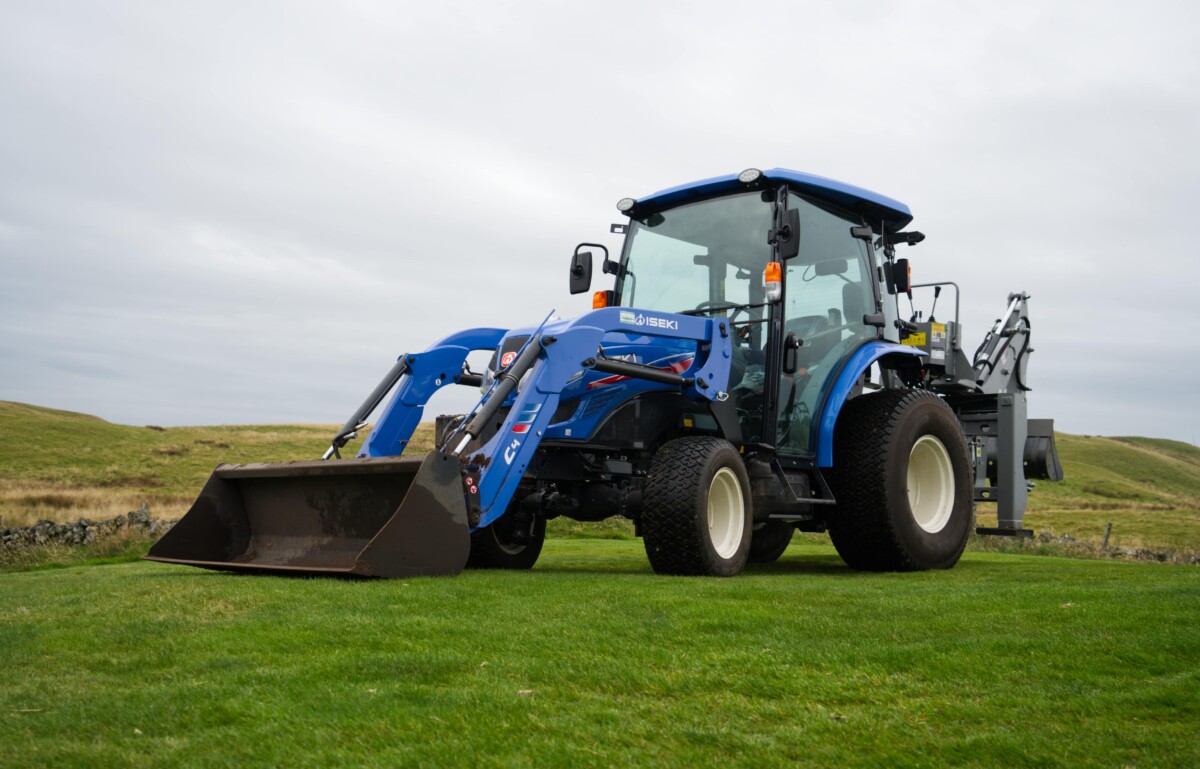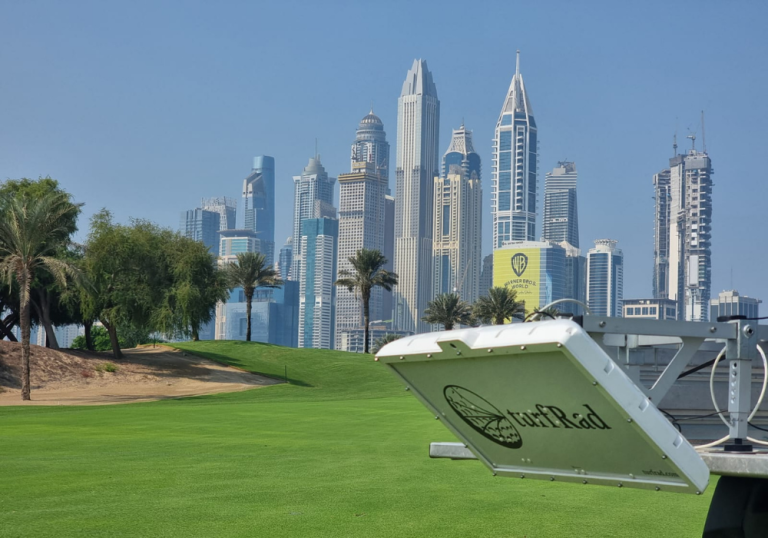 We look at the development of the all-purpose, multi-use stadium, and how they have become part of the fabric of modern day society.
We look at the development of the all-purpose, multi-use stadium, and how they have become part of the fabric of modern day society.
The vast majority of stadiums in this country were built for football clubs to enable spectators to watch the country’s most popular game. The football calendar wasn’t quite so crowded in days gone by and most matches were played on Saturday at 3pm with the odd cup replay, or European tie for those few clubs involved, slotted into a Wednesday evening.
What that meant was the invariably the biggest stadiums in the country were only really used every other Saturday and, then, only during the football season which ran from August to May. Big stadiums require big upkeep and that requires resources which require funding and so the ability to use stadiums more than for just the 25 times a year, became imperative.
And so the multi-use stadium was born and we could all enjoy traveling to our favourite stadiums (or even those of our deadliest footballing rivals) to watch a diverse range of events.
Wembley Stadium was one of the early adopters of such a policy and there are two events which stand head and shoulders above others in highlighting how well Wembley, in particular, and multiuse stadia in general can be utilised.
In 1963 Wembley was the venue for a boxing match between the great British hope, Henry Cooper, and the American superstar, Cassius Clay – soon to become Mohammad Ali in front of 35,000 fans. Henry downed Clay with a thunderbolt left hook and, many say that it was only a controversial delay in the start of the next round to repair a split glove (rumoured to have been done deliberately by his corner) which bought Clay time to recover his senses.
The other iconic “alternative” event at Wembley was Live Aid, the charity concert in 1985, which saw all the music superstars of the time performing, either at Wembley or simultaneously in Philadelphia in the States, to raise money and awareness for the Ethiopian famine.
 Organised by Bob Geldoff, acts including Queen, U2, Phil Collins, David Bowie, Paul McCartney and The Who. It was the first of what has become many charity inspired music events all over the world which have raised millions for diverse causes.
Organised by Bob Geldoff, acts including Queen, U2, Phil Collins, David Bowie, Paul McCartney and The Who. It was the first of what has become many charity inspired music events all over the world which have raised millions for diverse causes.
Without Wembley there is a fair chance that it may have not been possible to stage an event – at such short notice – and that the large scale charity concert concept may not have been given such a wonderful start.
Since then stadiums have been the option of choice for many concerts and George Michael, Bon Jovi, Madonna, Coldplay, Oasis, Take That, Ed Sheeran and AC/DC, as well as the charity Concert for Diana and Live Earth events, have graced Wembley while similar events and big names have become regular attractions at national stadia and club stadia up and down the country.
On a sporting front boxing has been joined by as diverse pursuits as American Football; Baseball; Speedway; Greyhound Racing; WWF Wrestling Formula 1 – turning Wembley into a short, exciting racing circuit Race of Champions would you believe Ski Jumping? While not forgetting of course, perhaps the most diverse use of Wembley of all time – Evil Knievel’s attempt to jump over 13 London Buses in 1975
Stadiums are now built with multi-use in mind and, to maximise the number of days a stadium is in use, is a key element of balancing vast budgets at the end of the year. The Millennium Stadium – now Principality Stadium –in Cardiff opened in 1999 and is another example of a stadium built to ensure that it doesn’t sit idle for most of the time.
In addition to being the National Stadium for both the Wales football and rugby teams, its retractable roof gives added adaptability which has been embraced by so many different events and disciplines.
More recently the Olympic Park has also shown it genuine adaptability and has now just begun its new life as home to West Ham United. While the Hammers’ fans may feel they are a little further away from the action than at their beloved Upton Park, because of the famous athletics track, the upside is a large capacity, state-of-the-art stadium the like of which the Gold brothers and Dame Karen Brady could not have dreamt of funding from scratch.
 From day one the Olympic Park showed its versatility with the mind blowing 2012 Opening Ceremony, complete with giant chimney stacks and parachuting monarchs, preparing the way for Usain Bolt and his colleagues to showcase their sporting prowess to the world. With spectator seats equipped with flashing lights a stadium is now expected to play a full interactive role in proceedings and the Olympic Park did that.
From day one the Olympic Park showed its versatility with the mind blowing 2012 Opening Ceremony, complete with giant chimney stacks and parachuting monarchs, preparing the way for Usain Bolt and his colleagues to showcase their sporting prowess to the world. With spectator seats equipped with flashing lights a stadium is now expected to play a full interactive role in proceedings and the Olympic Park did that.
It has since gone on to host the annual Anniversary Games, international football matches; hosting games in the Rugby World Cup on 2015 and has added immensely to London’s stable of outstanding multi-use sporting venues, to which you can add Twickenham, and the top football venues in the city at Arsenal, Chelsea, Tottenham, not to mention those slightly further afield in the shape of the Madejski Stadium in Reading and Stadium MK in Milton Keynes – new modern, sensibly sized stadiums.
Around the country new stadiums are being built of existing ones adapted to ensure that they are kept busy all year round and if it is not for events on the playing area it is in lavish new corporate entertainment facilities overlooking the playing surface. Companies can hold seminars and conferences knowing that the attraction of a Stadium Tour will bring in the normally reticent client.
Wedding receptions are also on the increase with supporter couples keen to mark their nuptuals with never to be forgotten pictures featuring the club logo and pitch as a backdrop.
Indeed the proportion of top flight football clubs in England to have moved to new stadia since the Taylor Report proposed all seater stadiums following the Hillsborough Disaster in 1995, given the odd change as a result of promotion and relegation, is around 50%
 Every part of the county is now catered for and the names, if not exactly tripping off the tongue, becoming more and more familiar to us. The Riverside Stadium; The Ricoh Arena; The Amex Stadium; the Macron Stadium; the Vitality Stadium; the Ipro Stadium; the Keepmoat Stadium; the KC Stadium’ the King Power Stadium; the Ethiad Stadium; the Kassam Stadium; St Mary’s Stadium; the Britannia Stadium; the Stadium of Light and the DW Stadium are just a few, and all in England. Add to that those in other parts of the UK – Murrayfield, in Edinburgh, to name but one – and add in the cricket grounds which are now authentic options for rock concerts and, in the case of Lords, wonderful archery venues, and you have a plethora of multi-use venues which didn’t exist 20 years ago (excluding Lords, of course!).
Every part of the county is now catered for and the names, if not exactly tripping off the tongue, becoming more and more familiar to us. The Riverside Stadium; The Ricoh Arena; The Amex Stadium; the Macron Stadium; the Vitality Stadium; the Ipro Stadium; the Keepmoat Stadium; the KC Stadium’ the King Power Stadium; the Ethiad Stadium; the Kassam Stadium; St Mary’s Stadium; the Britannia Stadium; the Stadium of Light and the DW Stadium are just a few, and all in England. Add to that those in other parts of the UK – Murrayfield, in Edinburgh, to name but one – and add in the cricket grounds which are now authentic options for rock concerts and, in the case of Lords, wonderful archery venues, and you have a plethora of multi-use venues which didn’t exist 20 years ago (excluding Lords, of course!).
But the elephant in the room is always that major events outside of the core use of the stadium can impact on the playing surface and it is the job of the Head Groundsman or Facilities Manager to avoid the headlines, or pundit’s critique, when the quality of the pitch for the next home game is not what they have come to expect. It says much for the fact that despite the increase in usage of pitches for alternative sporting, and entertainment events, the quality of pitches in the UK has continued to improve and the skill of the professionals tasked with ensuring top quality playing conditions remain in place all of the time.
Pitch lighting; the emergence of the DESSO Grassmaster pitch; the ability to relay an entire pitch, and have it playable in weeks rather than months and new pitch covering methods have all become reality in recent history, but without the highly developed skills of those who have to implement the new techniques we would still be facing issues.
So let us applaud the fact that just a short time after 30,000 Bruce Springsteen fans were “Dancing in the Dark” on the Etihad pitch earlier this year, that Sergio Aguero could very easily have been finishing off a sweeping Manchester City move to send the light blue fans into raptures.


























